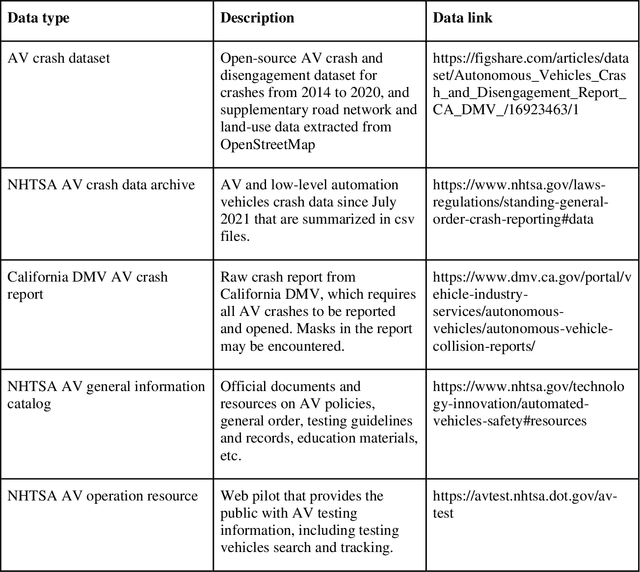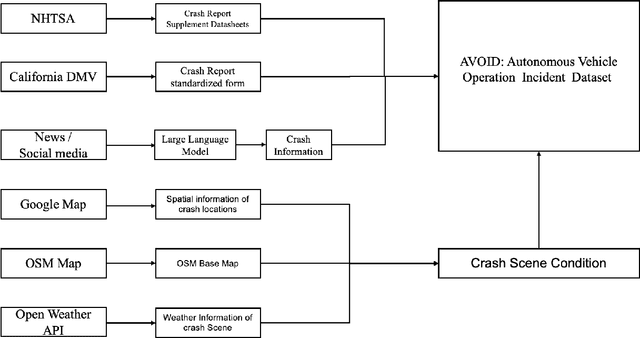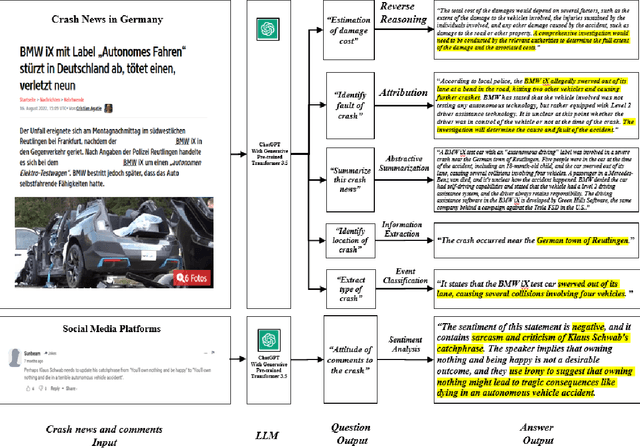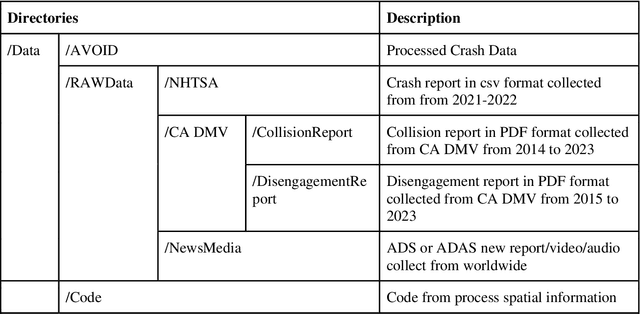Shengxuan Ding
RF-Enhanced Road Infrastructure for Intelligent Transportation
Nov 01, 2023



Abstract:The EPC GEN 2 communication protocol for Ultra-high frequency Radio Frequency Identification (RFID) has offered a promising avenue for advancing the intelligence of transportation infrastructure. With the capability of linking vehicles to RFID readers to crowdsource information from RFID tags on road infrastructures, the RF-enhanced road infrastructure (REI) can potentially transform data acquisition for urban transportation. Despite its potential, the broader adoption of RFID technologies in building intelligent roads has been limited by a deficiency in understanding how the GEN 2 protocol impacts system performance under different transportation settings. This paper fills this knowledge gap by presenting the system architecture and detailing the design challenges associated with REI. Comprehensive real-world experiments are conducted to assess REI's effectiveness across various urban contexts. The results yield crucial insights into the optimal design of on-vehicle RFID readers and on-road RFID tags, considering the constraints imposed by vehicle dynamics, road geometries, and tag placements. With the optimized designs of encoding schemes for reader-tag communication and on-vehicle antennas, REI is able to fulfill the requirements of traffic sign inventory management and environmental monitoring while falling short of catering to the demand for high-speed navigation. In particular, the Miller 2 encoding scheme strikes the best balance between reading performance (e.g., throughput) and noise tolerance for the multipath effect. Additionally, we show that the on-vehicle antenna should be oriented to maximize the available time for reading on-road tags, although it may reduce the received power by the tags in the forward link.
TrafficSafetyGPT: Tuning a Pre-trained Large Language Model to a Domain-Specific Expert in Transportation Safety
Jul 28, 2023Abstract:Large Language Models (LLMs) have shown remarkable effectiveness in various general-domain natural language processing (NLP) tasks. However, their performance in transportation safety domain tasks has been suboptimal, primarily attributed to the requirement for specialized transportation safety expertise in generating accurate responses [1]. To address this challenge, we introduce TrafficSafetyGPT, a novel LLAMA-based model, which has undergone supervised fine-tuning using TrafficSafety-2K dataset which has human labels from government produced guiding books and ChatGPT-generated instruction-output pairs. Our proposed TrafficSafetyGPT model and TrafficSafety-2K train dataset are accessible at https://github.com/ozheng1993/TrafficSafetyGPT.
AVOID: Autonomous Vehicle Operation Incident Dataset Across the Globe
Mar 22, 2023



Abstract:Crash data of autonomous vehicles (AV) or vehicles equipped with advanced driver assistance systems (ADAS) are the key information to understand the crash nature and to enhance the automation systems. However, most of the existing crash data sources are either limited by the sample size or suffer from missing or unverified data. To contribute to the AV safety research community, we introduce AVOID: an open AV crash dataset. Three types of vehicles are considered: Advanced Driving System (ADS) vehicles, Advanced Driver Assistance Systems (ADAS) vehicles, and low-speed autonomous shuttles. The crash data are collected from the National Highway Traffic Safety Administration (NHTSA), California Department of Motor Vehicles (CA DMV) and incident news worldwide, and the data are manually verified and summarized in ready-to-use format. In addition, land use, weather, and geometry information are also provided. The dataset is expected to accelerate the research on AV crash analysis and potential risk identification by providing the research community with data of rich samples, diverse data sources, clear data structure, and high data quality.
ChatGPT Is on the Horizon: Could a Large Language Model Be All We Need for Intelligent Transportation?
Mar 21, 2023Abstract:ChatGPT, developed by OpenAI, is one of the milestone large language models (LLMs) with 6 billion parameters. ChatGPT has demonstrated the impressive language understanding capability of LLM, particularly in generating conversational response. As LLMs start to gain more attention in various research or engineering domains, it is time to envision how LLM may revolutionize the way we approach intelligent transportation systems. This paper explores the future applications of LLM in addressing key transportation problems. By leveraging LLM with cross-modal encoder, an intelligent system can also process traffic data from different modalities and execute transportation operations through an LLM. We present and validate these potential transportation applications equipped by LLM. To further demonstrate this potential, we also provide a concrete smartphone-based crash report auto-generation and analysis framework as a use case. Despite the potential benefits, challenges related to data privacy, data quality, and model bias must be considered. Overall, the use of LLM in intelligent transport systems holds promise for more efficient, intelligent, and sustainable transportation systems that further improve daily life around the world.
 Add to Chrome
Add to Chrome Add to Firefox
Add to Firefox Add to Edge
Add to Edge